- Solar energy blog
- Hybrid horizons: Designing Malaysia’s solar and storage future
Hybrid horizons: Designing Malaysia’s solar and storage future
Learn about Malaysia’s hybrid energy pilot projects, why solar plus storage is gaining traction, and how RatedPower supports EPCs and IPPs in scaling hybrid systems.



Content
Equatorial Malaysia receives sufficient sunlight to power itself twice over, with an average of 4,000 to 5,000 W/m² across most of the country, leaving room for nearly 270 GW of solar capacity. But its distribution networks often struggle to handle variable generation. As peak demand climbs 1.6% per year, the costs of system upgrades may reach RM 41.96 billion ($9.95 billion) by the end of the decade. Every new PV project overwhelms the system with supply that it struggles to use.
Battery energy storage isn’t just stabilizing the grid, it’s transforming into a serious revenue stream. Our eBook breaks down the top regions for BESS arbitrage, market trends, and the regulatory forces shaping the opportunity. Download the Driving Profit with Battery Storage: The Top Regions for Arbitrage Investment eBook to discover where the biggest returns lie and how to tap into them.
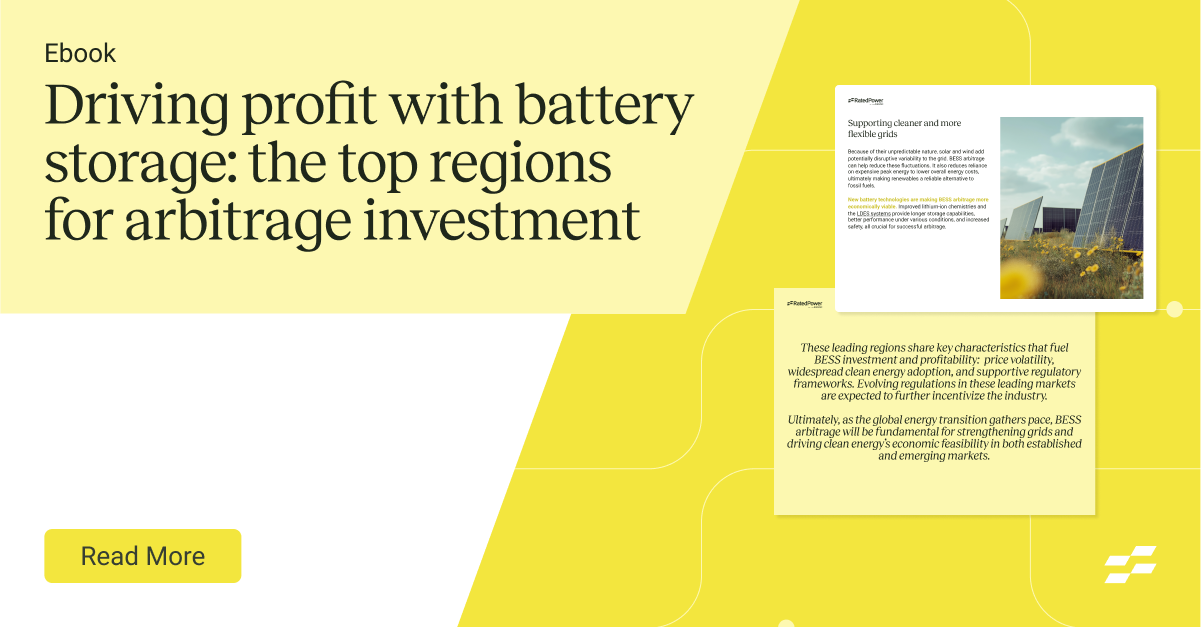
The answer, the government hopes, is battery storage. It plans to hybridize 20% of its generation fleet and has recently confirmed a 500 MW ESS pipeline, attracting investor interest. By 2028, analysts expect Malaysia’s BESS sector to grow from approximately $700 million to over $950 million.
Among the most transformative is the Corporate Renewable Energy Supply Scheme (CRESS), a framework launched in 2024 that enables direct corporate procurement of renewable energy via open grid access. This initiative is reshaping how solar and battery storage projects are financed, deployed, and scaled across the country.
Malaysia’s hybridization pilots
The last three years have seen homegrown hybrids quickly take root across the country.
Domestic players Citaglobal and Genetec Technology were the first to roll out small-scale proof-of-concepts built for Malaysian conditions. In late 2023, they installed a MYBESS (a 1 MW battery prototype) at a Genetec facility in Bangi, a university-linked town in the country’s premier research and knowledge hub.
National utility Tenaga Nasional Berhad TNB didn’t wait long to push things further, announcing a 400 MWh pilot along with smaller community storage projects just a few months into 2024. Later that year, Malaysian renewables company Leader Energy also deployed the country’s first sodium-sulfur battery at a solar farm in Kedah, an agricultural region diversifying into green energy.
Sarawak Energy also commissioned a 60 MW / 82 MWh BESS in the industrial zone of Sejingkat, co-located with a retiring coal plant. As the country’s first utility-scale system, the Sejingkat project put large-scale storage on the national map and cleared the runway for storage to support site repowering.
Why solar plus storage is gaining traction
Malaysia is investing in storage projects due to a looming baseload erosion: its coal era is nearing its end. Around 7 GW of coal generation (more than half the total) is set to disappear as long-term contracts end.
With firm generation on its way out, the grid has to be quicker on its feet. It has to know precisely when energy is available and how fast backup can cover the delta. Batteries can take over the balancing acts that coal plants used to do by default.
To bring order and direction to the early trickle of projects, Malaysia’s National Energy Transition Roadmap is now incorporating storage into long-term system planning, giving BESS developers confidence to transition from small-scale demos to full-scale deployments.
Private players are also beginning to treat storage as an asset class, as BESS can clear at least 8% to 9% in profit according to analysts, a conservative floor on par with established solar farms and other energy assets that have long been considered bankable.
Another catalyst is Malaysia’s Corporate Renewable Energy Supply Scheme (CRESS), launched in 2024, which introduces a third-party access model that allows renewable energy developers to supply electricity directly to corporate consumers through the national grid.
By enabling long-term, bankable power purchase agreements (PPAs), CRESS is unlocking private investment in solar and storage infrastructure, particularly for medium and high-voltage sites. As Malaysia targets 70% renewable energy in its capacity mix by 2050, CRESS is expected to catalyze large-scale solar and battery energy storage system (BESS) deployments, easing grid congestion and enhancing energy security.
The scheme’s regulatory clarity and open access design position it as a cornerstone of Malaysia’s clean energy transition.
Preparing for scale-up
The Gamuda-Gentari and Gamuda–SD Guthrie joint ventures point to the next phase of Malaysia’s market, moving toward large-scale, dispatchable solar, integrated with BESS.
With new data centers requiring 24/7 power and 99.995% reliability, Malaysia’s flagship projects are now increasingly adopting hybrid builds.
Download the 2025 Renewable Energy and Solar Research Report to unlock essential insights on the renewables industry. With expertise from our survey and data from solar simulations on RatedPower, the Report explores trends, challenges, and solar design preferences.
Technical challenges and design considerations
Hyperlocal environmental and geographical factors narrow the list of viable storage technologies in the country, according to a 2020 academic analysis from a Malaysian school of engineering.
Although sodium-sulfur batteries are effective in dry climates, they raise safety concerns in Malaysia’s humid, flood-prone lowland corridors.
Lithium-ion batteries are currently the most deployment-ready because they are compact and geography-agnostic. They also perform well under cycle‑charging strategies.
Simulation studies found that a 1 kWh lithium-ion battery delivered the best cost of energy (RM 0.25–0.29) and long-term financial return across three separate sites. Larger systems, lead-acid batteries, and flow-based chemistries underperformed in comparison.
BESS designers in Malaysia also have to build around safety risks from heat, salt, and flooding, which is why the report recommends grounding design in NFPA 855 and DNVGL-RP-0043.
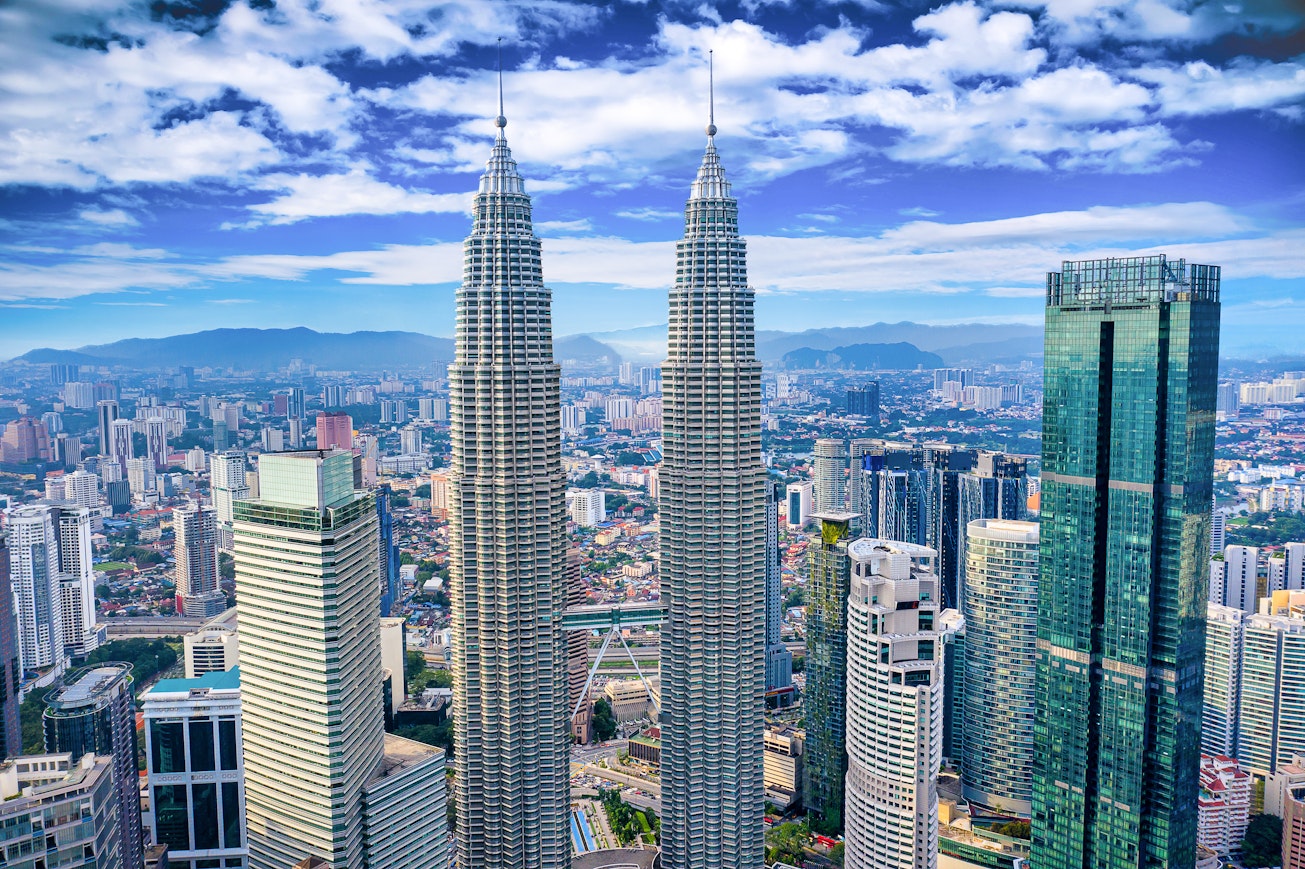
RatedPower’s capabilities in hybrid system modeling
BESS design in Malaysia meets the push and pull of local conditions, from heavy rains to uneven terrain, to produce bankable and reliable systems.
RatedPower’s hybrid modeling tools help you work through local siting limitations early, before construction drawings or procurement ever begin.
The platform supports both AC- and DC-coupled solar plus storage configurations, providing real-time comparisons across layout, energy yield, and CAPEX. If you’re weighing the design complexity of a DC-coupled BESS versus AC-coupled BESS, the modeling engine lays out the technical and financial impacts side by side.
You can build with what’s in the library with preloaded component files or upload your own specs for inverters, batteries, or racking structures. The system automates the placement of containers, road access, and structural alignment based on site boundaries, setbacks, or desired capacity. The user has the capability to specify the ground clearance and pile length, as well as to relocate the PS containers, structures, and roads to take into account those high risk areas, while aligning designs with standards like NFPA 855 ensures fire safety is addressed early in the process, not after construction.
And it’s not just for hybrid plants.
RatedPower also supports standalone BESS projects. The tool can map terrain, calculate earthworks for both cut-and-fill volumes and size cables, while automatically adjusting the layout to accommodate site-specific constraints. It also includes reactive power compensation settings, helping developers stay aligned with grid compliance rules from the start.
RatedPower generates a full set of engineering documentation (over 400 pages, as required). That includes layout drawings, design reports, bill of materials, and editable files in PDF or DWG format. Cost estimation templates are built in to make it easier for finance teams to run early-stage numbers without starting from scratch.
For teams building hybrid systems in Malaysia, RatedPower helps bring local context into every part of the design process, whether you’re working on a 1 MW prototype or preparing a utility-scale bid under PETRA’s procurement scheme.
The eternal question: AC or DC Batteries?
In this eBook, we’ll look at these two options in-depth and explore which type of BESS is best for which situation when it comes to designing a solar installation
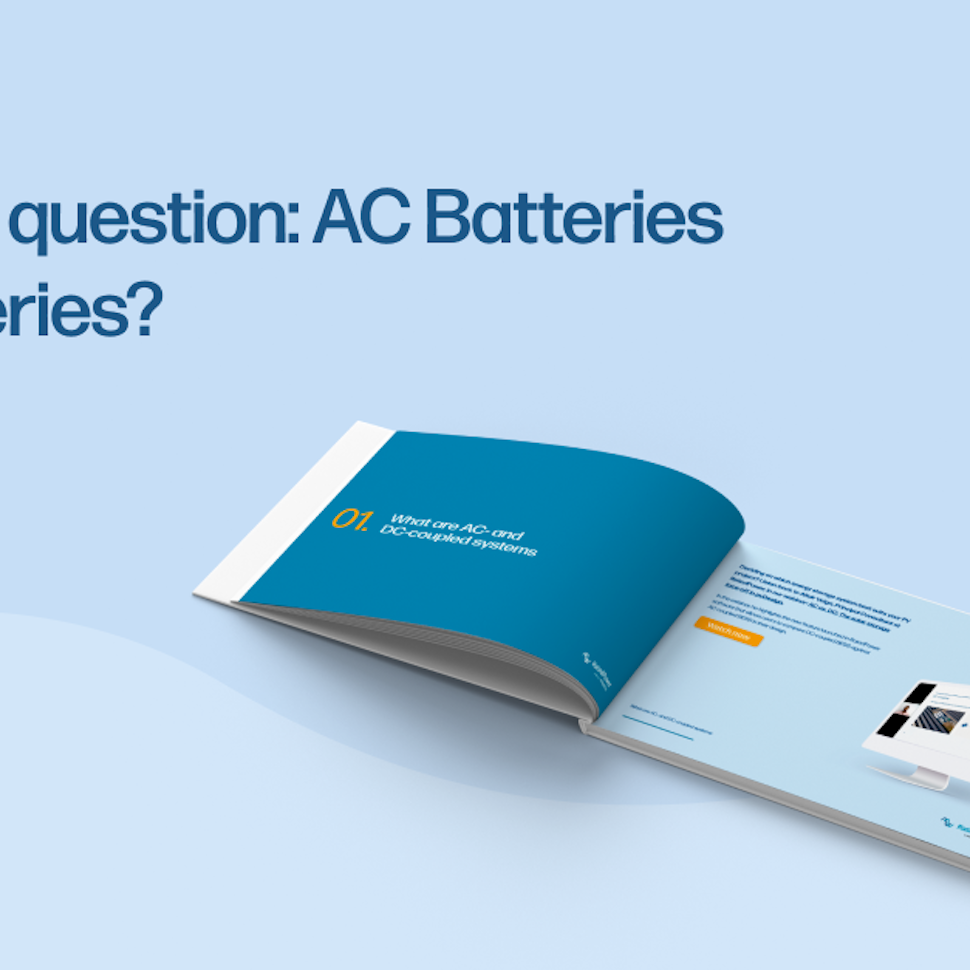
Latest stories
Related posts
Market analysis
Powering through the peak: Why solar + storage is gaining momentum in MENAT
Discover how MENAT is building a functioning solar economy and why rising peak demand during extreme heat is squeezing its energy architecture.
Updated 11 DEC, 25

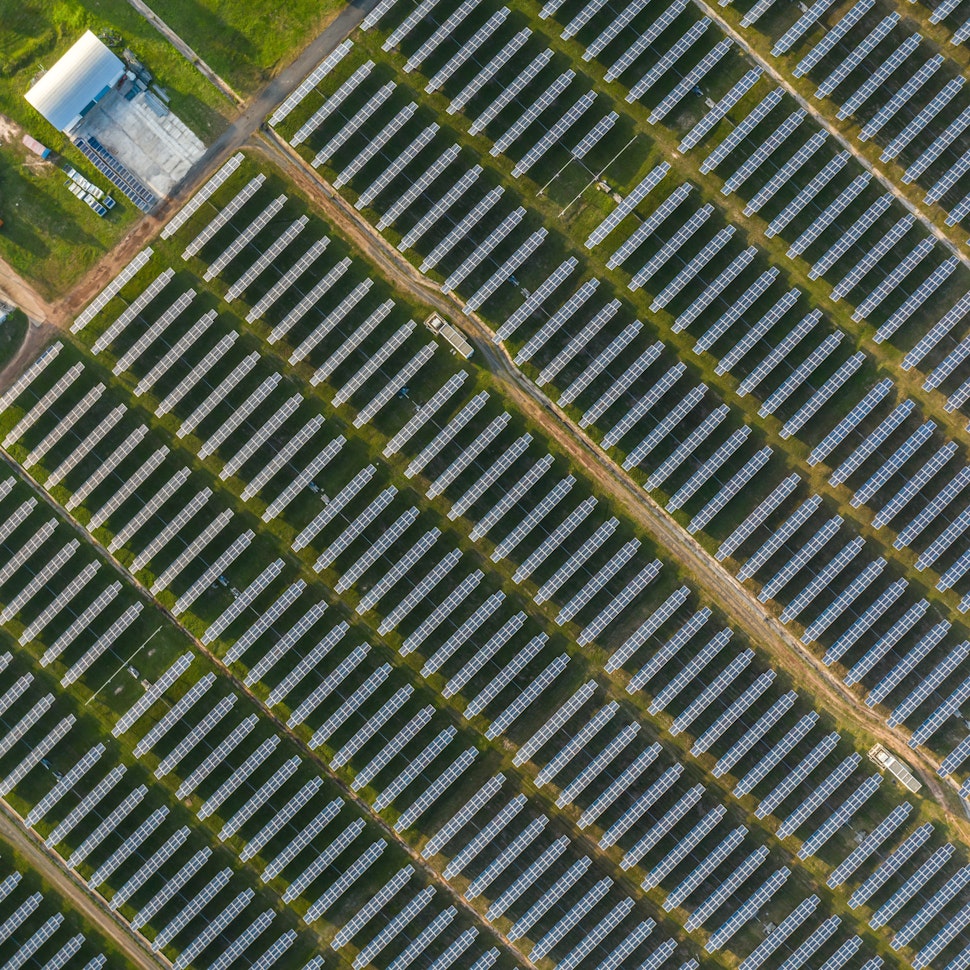
Market analysis
The rise of utility-scale PV + storage plants in Italy
Discover how Italy’s latest policies and auctions are driving utility-scale solar and battery storage projects to meet ambitious 2030 targets.
Updated 4 DEC, 25

Market analysis
From sun to socket: What Iberia’s grid needs to handle 2030 renewable targets
Discover how Spain and Portugal are upgrading their grids to meet ambitious renewable targets and prevent future blackouts.
Updated 25 NOV, 25
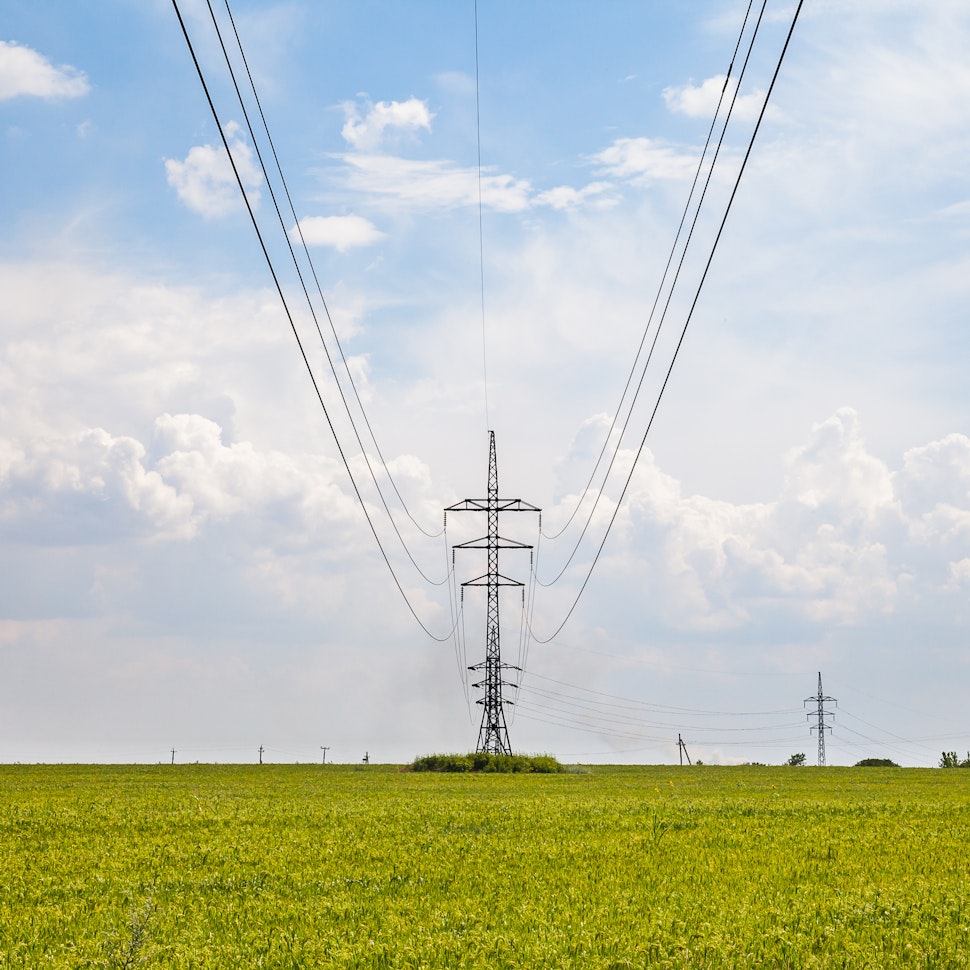
- RatedPower
- Solar energy blog
- Hybrid horizons: Designing Malaysia’s solar and storage future
 Watch a demo
Watch a demo Ask our AI Product Expert
Ask our AI Product Expert
